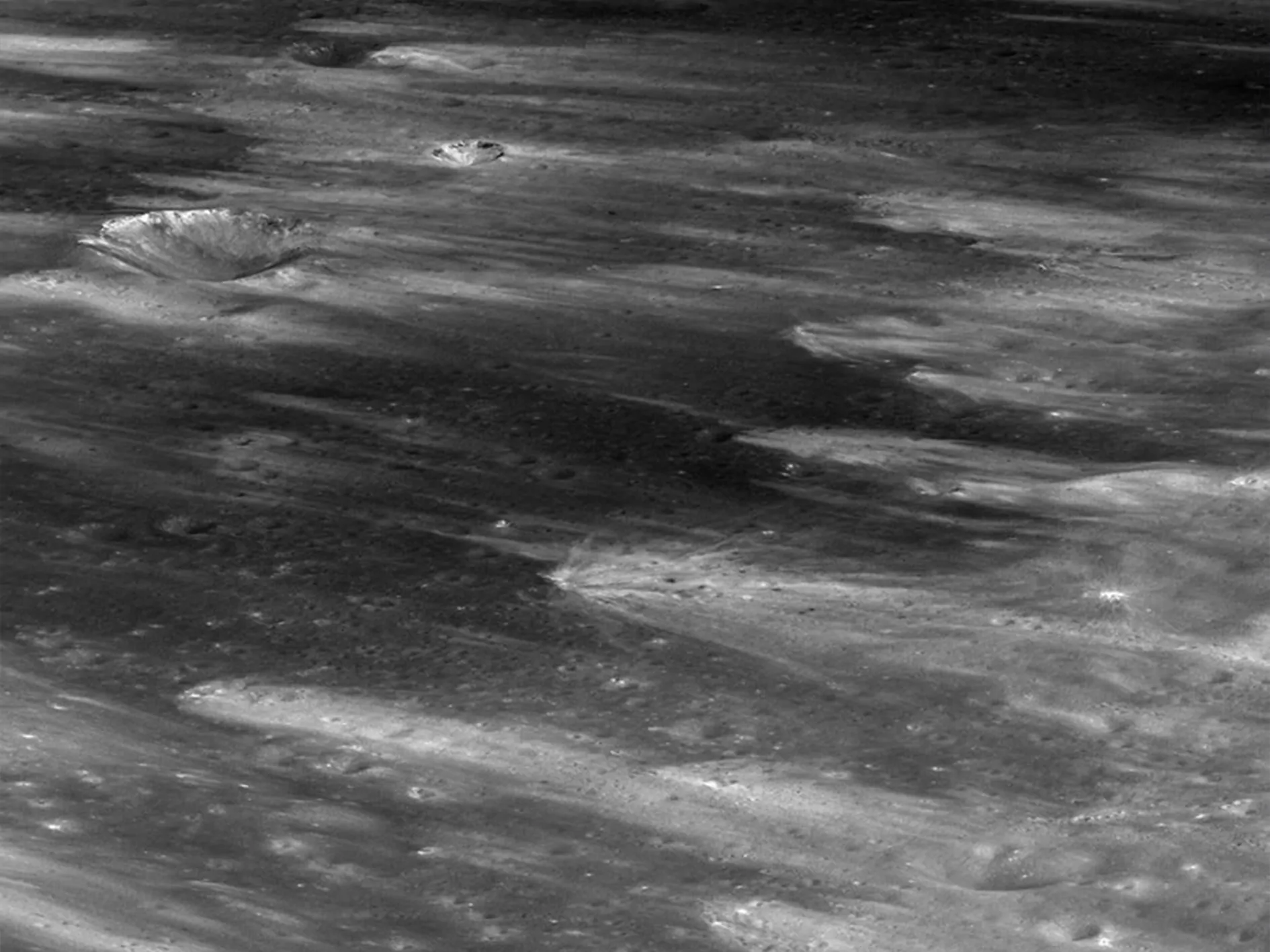The LRO mission support group published a picture of the lunar surface. He demonstrates one of the rays surrounding the crater Bruno.
Anyone who has ever looked at the moon using optics has probably paid attention to the characteristic bright rays that stretch from some of its craters. These structures are of shock origin.
When any large celestial body collides with the Moon, it knocks out a large amount of material from under its surface. It flies in all directions, and then falls out, forming secondary craters. Since the dislodged material is generally lighter than the lunar regolith, this leads to the fact that the crater formed as a result of the collision is surrounded by a bright area from which the characteristic rays stretch.
Over time, the dislodged material darkens due to the bombardment of micrometeorites and the effects of cosmic radiation. Therefore, only the “freshest” craters, whose age is no more than a billion years, have radiation systems on the Moon.
